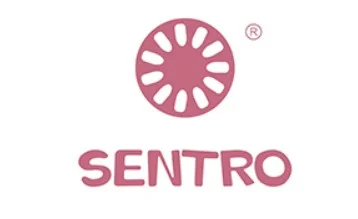The Economic and Environmental Benefits of Crochet Machines
Aug 11, 2023
Crochet machines, as modern tools in the textile industry, offer significant economic advantages in manufacturing and also play a positive role in environmental sustainability. Their application in the textile sector not only enhances production efficiency and reduces costs but also helps minimize resource waste and environmental burdens. Below, we delve into the economic and environmental benefits of crochet machines in detail.
Enhanced Production Efficiency and Cost Reduction:
Crochet machines, with their automated features, contribute to a more efficient and precise textile manufacturing process. When compared to traditional manual crochet or conventional weaving machines, crochet machines can complete production tasks at a faster pace, saving both labor and time costs. This holds immense significance for large-scale production and the ability to rapidly respond to market demands.
Reduction of Human Errors:
Traditional textile processes are often susceptible to human-based variations, leading to errors and inconsistencies. The automated operations of crochet machines diminish human intervention, thereby lowering the error rate during production. This results in improved product quality and consistency.
Energy and Raw Material Savings:
The automated production approach of crochet machines not only reduces labor costs but also decreases energy consumption and raw material waste. They effectively utilize yarn and fabric, minimizing waste during the process and consequently lowering production costs.
Flexibility and Customized Production:
Crochet machines possess the flexibility to adapt to varying production needs, allowing for customized manufacturing based on design requirements. This flexibility implies that the production process is adaptable to market trends and customer demands, helping to prevent overproduction and stockpile.
Environmental Benefits:
The application of crochet machines contributes to a reduction in the environmental burden associated with traditional textile processes. Firstly, they minimize waste of yarn and fabric, leading to a decrease in resource consumption. Secondly, their automated production methods result in reduced energy consumption and waste generation, thereby aiding in the reduction of carbon emissions and environmental pollution.
Facilitation of Creativity and Design:
Crochet machines benefit not only large-scale production but also offer more possibilities for creative designers and craft enthusiasts. They enable designers to swiftly realize creative concepts and transform designs into tangible products. This convenience not only enhances creative efficiency but also encourages more individuals to engage in handicraft creation.
In conclusion, the application of crochet machines in textile production and creativity not only brings forth evident economic benefits but also positively impacts the environment. Their automated features enhance production efficiency and quality, reduce resource waste, and promote sustainability within the textile industry. With the continuous advancement of technology, crochet machines are poised to play an even more significant role in the future, contributing further to both economic growth and environmental well-being.
